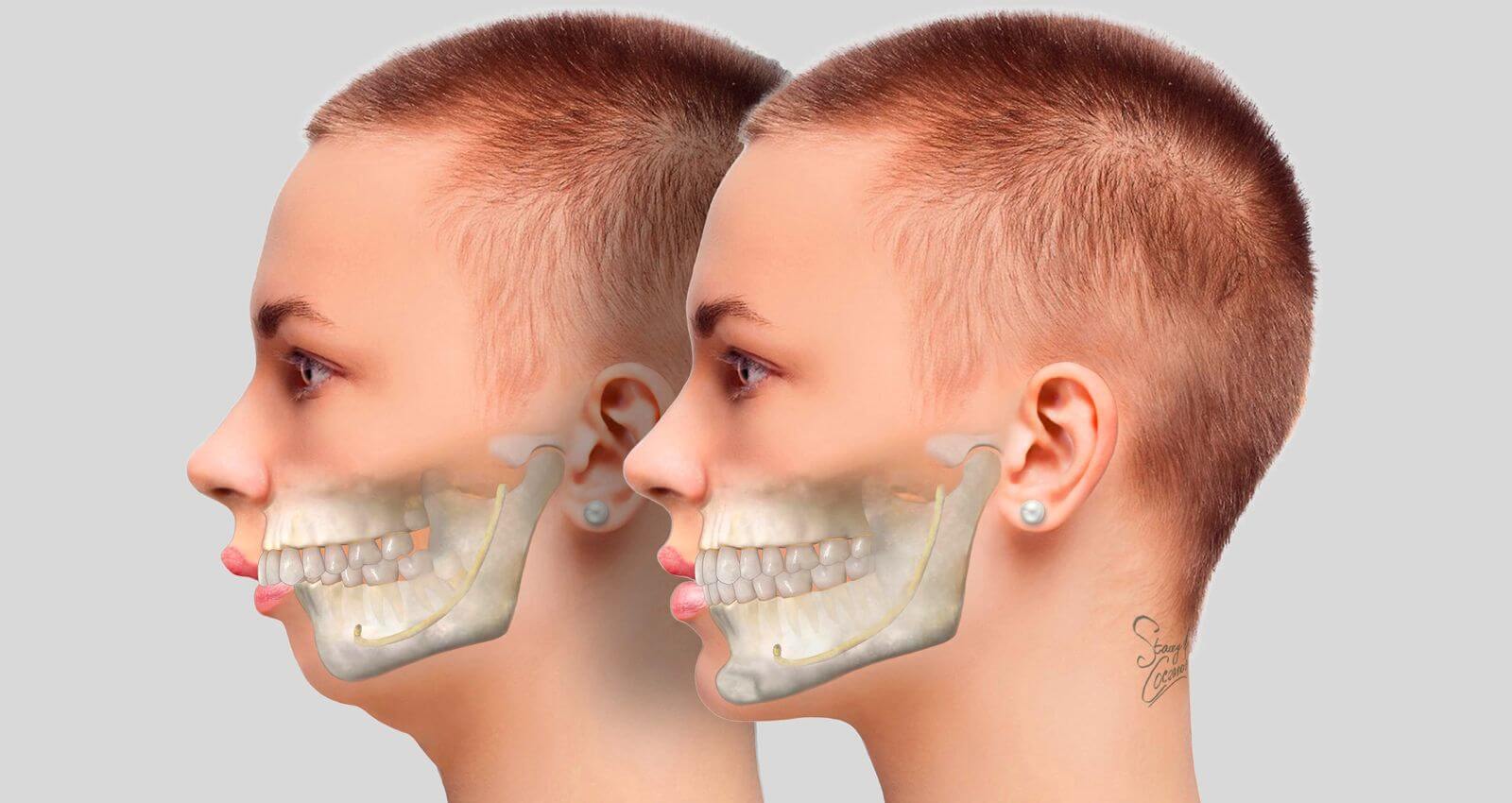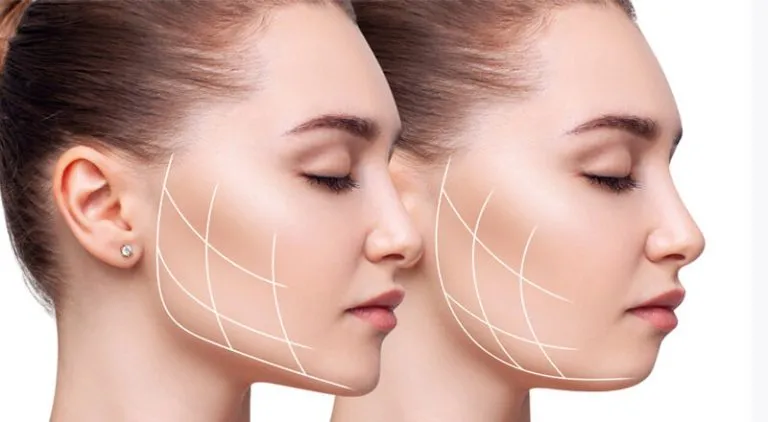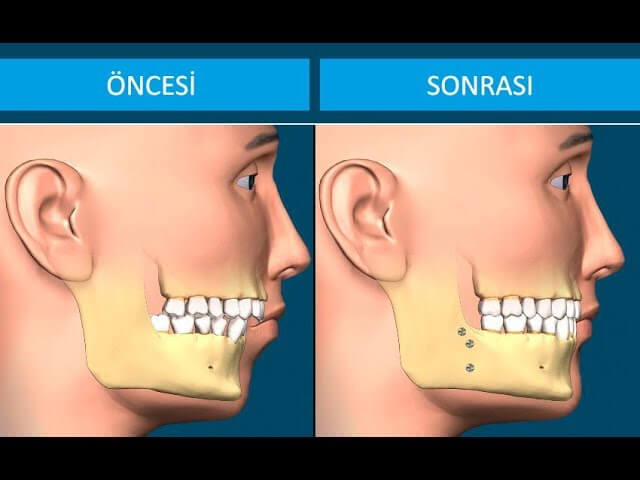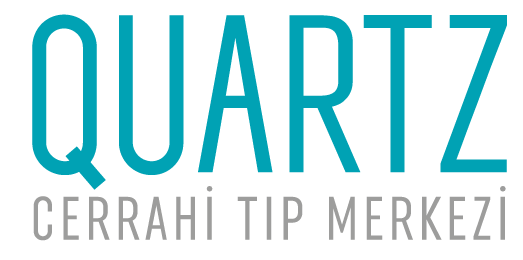
Contents

Jaw Surgery (Orthognathic Surgery) is a treatment field that aims to correct structural deformities related to the jaw and temporomandibular joint, providing both aesthetic and functional benefits. Congenital or acquired jaw anomalies not only affect a person's appearance but can also negatively impact essential functions such as speech, breathing, eating, and sleeping. With surgical intervention, the individual can achieve both a healthy and aesthetically pleasing jaw structure.
What Is Oral and Maxillofacial Surgery?
Also known as orthognathic surgery, jaw surgery includes surgical procedures aimed at correcting structural issues present from birth or deformities that develop as a result of trauma, accidents, or diseases. Since the jaw is a major structure that covers two-thirds of the face, many functions—ranging from aesthetics to chewing, speaking, breathing, and facial expressions—are related to this area.
Who Is a Candidate for Jaw Surgery?
Jaw surgery is typically performed on individuals who are over the age of 18 and have completed skeletal development. However, as long as bone density and general health are adequate, surgical planning can also be done at older ages.
Problems Addressed by Oral and Maxillofacial Surgery
| Problem | Description |
|---|---|
| Lower-Upper Jaw Disproportion | Causes both aesthetic and functional misalignment. |
| Bite Defects | Affects chewing and eating functions. |
| Jawbone Misalignment | Leads to asymmetry and disturbs facial aesthetics. |
| Breathing Problems | May cause issues like sleep apnea and difficulty breathing. |
| Protruding or Receding Jaw | Creates both functional and aesthetic problems. |
Surgical Techniques and Methods
Jaw surgery is performed under general anesthesia and is carried out through incisions made inside the mouth. The main surgical techniques used include:
- Le Fort I Osteotomy: Applied to correct anomalies in the upper jawbone.
- Sagittal Split Osteotomy: Used to treat lower jaw retrusion or protrusion.
- Genioplasty: The chin is repositioned for functional or aesthetic purposes.

How Is Orthognathic Surgery Performed?
The surgical procedure is performed through incisions made inside the mouth. Depending on the treatment area, either single-jaw or double-jaw surgery may be carried out. If necessary, additional interventions can be performed on the chin, cheekbones, or nasal area. The operation usually takes about 1–2 hours. Orthodontic support may be needed after the surgery.
Before and After Orthognathic Surgery
| Condition | Before Surgery | After Surgery |
|---|---|---|
| Jaw Position | Asymmetrical, protruding or receding | Proportional, symmetrical, and aesthetic |
| Functional Status | Difficulty in biting, speaking, and breathing | Improved function, proper breathing and chewing |
| Appearance | Facial contours lacking aesthetic balance | Harmonious and well-balanced facial profile |
Post-Surgical Recovery Process
- An average hospital stay of 1–2 days is required.
- Swelling, pain, and bruising may occur in the first few weeks.
- Fixed jaw elastics are typically used for 7 to 15 days.
- After this period, treatment continues with removable elastics.
- Orthodontic support may be necessary.
- Full recovery generally takes around 6 to 8 months.
Cost of Oral and Maxillofacial Surgery
Prices vary depending on the surgical technique applied, the severity of the deformity, the materials used, the facility’s equipment, and the doctor’s level of expertise. A personalized evaluation is required for accurate pricing.

Frequently Asked Questions (FAQ)
How Long Does Oral and Maxillofacial Surgery Take?
The surgery usually takes between 1 to 2 hours, but the duration may vary depending on the procedures performed.
Will There Be Any Scars After the Surgery?
No. Since all incisions are made inside the mouth, no visible external scars remain.
When Can I Return to Normal Life After Surgery?
Most patients can resume daily activities after about one week of rest. Full recovery may take 6 to 8 months.
Who Performs the Surgery?
The procedure is planned and carried out in collaboration with an orthodontist, maxillofacial surgeon, and aesthetic surgeon.
Is the Surgery Painful?
The procedure is performed under general anesthesia, so no pain is felt during surgery. Mild pain afterward can be managed with painkillers.
What Are the Advantages of Oral and Maxillofacial Surgery?
- Corrects jaw deformities such as asymmetry, retrusion, and protrusion
- Ensures harmony between the upper and lower jaw
- Creates aesthetic balance in facial features
- Improves breathing, chewing, and speaking functions
- Helps achieve ideal dental alignment
- Provides permanent and natural-looking results
- Enhances self-confidence and social life
![dr.leyla-arvas-800×1000.jpg[1] dr.leyla arvas](https://www.quartz.com.tr/wp-content/uploads/2024/11/dr.leyla-arvas-800x1000.jpg1_.webp)
Author : Op. Dr Leyla ARVAS
Dr Leyla Arvas is an internationally recognised specialist in aesthetic surgery based in Istanbul. Graduated in 1998 from Istanbul University Faculty of Medicine, she has developed her expertise by studying in Taiwan, Japan and Spain during her 20 years of experience.
This article April 13, 2025 was updated on
Editor: admin@quartz.com.tr


